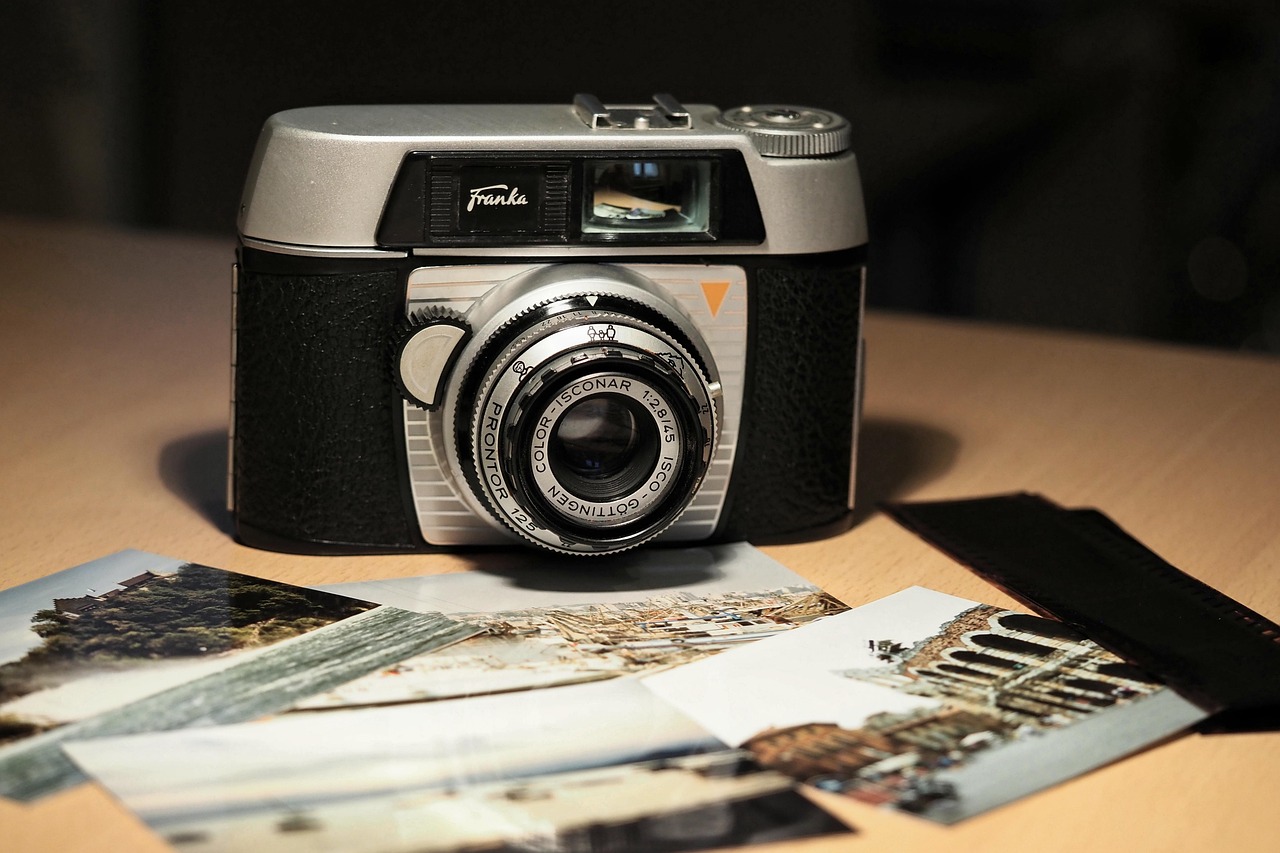
In the modern world, dominated by digital cameras and smartphones, you might think that analogue photography is dead. This is far from the truth! Both professional photographers and hobbyists are passionate about it. But what makes it so special? And how can we make analogue photos accessible in the digital age? Let’s discover it together.
What is analogue photography?
When we talk about analogue photography, we are referring to capturing images on light-sensitive film, which is later developed through a chemical process to produce negatives or positive slides. Analogue photography requires a higher amount of skill, patience, and attention to detail, since images aren’t immediately stored or viewable. We can say that it is a more intentional form of photography.
Far from obsolete: Why analogue photography is still loved
Even if cameras and smartphones are widely used to take pictures, many photographers are still using or returning to film for the following reasons:
- Unique Aesthetic: Film has a character that digital cannot replicate. The grain, the lo-fi look, the softer dynamic range, and the subtle tones contribute to a look that feels warm and timeless. Thanks to the different colours, many photographers find analogue photography to be more useful for artistic experimentation.
- Learning Experience: Shooting film helps beginners understand the fundamentals better. To understand more about film photography, they need to know a lot about exposure, aperture, shutter speed, and ISO, without the help of advanced technology.
- Emotional Aspect: There’s something nostalgic about film photography. Many people associate it with family albums and childhood memories. To replicate this feeling in the digital age, they have rediscovered analogue formats.
The most popular film formats
Here are some of the most common formats still used by analogue photographers:
- 35mm Film: This type of film is the most widely used and affordable option. It is ideal for both beginners and professional street photographers.
- 120 Medium Format Film: Characterised by its larger negatives and higher resolution, it is particularly popular among portrait and landscape photographers.
- Instant Film (e.g., Polaroid, Instax): It is mostly used by private individuals to get instant photos with their family or friends.
- Large Format Film: This type is used by professionals who want to reach the highest possible image quality. This format is not suitable for beginners, because it requires more equipment and expertise.
Especially younger generations like millennials and GenZ are rediscovering the analogue format. A recent article from 2024 has shown that Kodak has even increased film production due to the higher demand.
Film culture and social media
Film photography is also a topic of interest for many people on social media. Communities exchange opinions, discuss methods, and support each other on platforms like Reddit, Instagram, and YouTube. This increased interest is also fuelled by the work of influencers like the Canadian Peter McKinnon.
Even camera shops that only offered digital cameras are now expanding their services to analogue formats too.
Preserving analogue media in the digital age
While analogue media has its fascination, it is fragile. Negatives, for example, can easily be scratched or fade. For this reason, even if you are an analogue media enthusiast, you should never store them only in analogue form. Especially if your media is old, it is crucial to have a digital copy too. To preserve your memories and ensure compatibility with modern formats, digitisation is the best option.
By digitising negatives, slides, or prints, you can:
- Prevent loss or damage of your analogue media
- Share them with a click with friends and family
- Edit them with digital programs
- Have backup copies on multiple devices or in the cloud
How MEDIAFIX can help digitise your media
MEDIAFIX is Europe’s market leader for analogue media digitisation. Do you have negatives, 35mm slides or photo albums at home? Then, you can scan them in high quality with their services. You can choose to receive your digitised photos on a DVD, USB stick, hard disk, or via digital download on Dropbox. Now your memories are safe and ready to be relived both in analogue and digital formats.
Conclusion
As we’ve seen, even in the modern world, more and more people are still using analogue photography to express their creativity. Even if analogue photography has its peculiar characteristics, it’s still fragile. For this reason, it’s necessary to have a digital backup of your photos too. For this, professional digitisation services can help!







